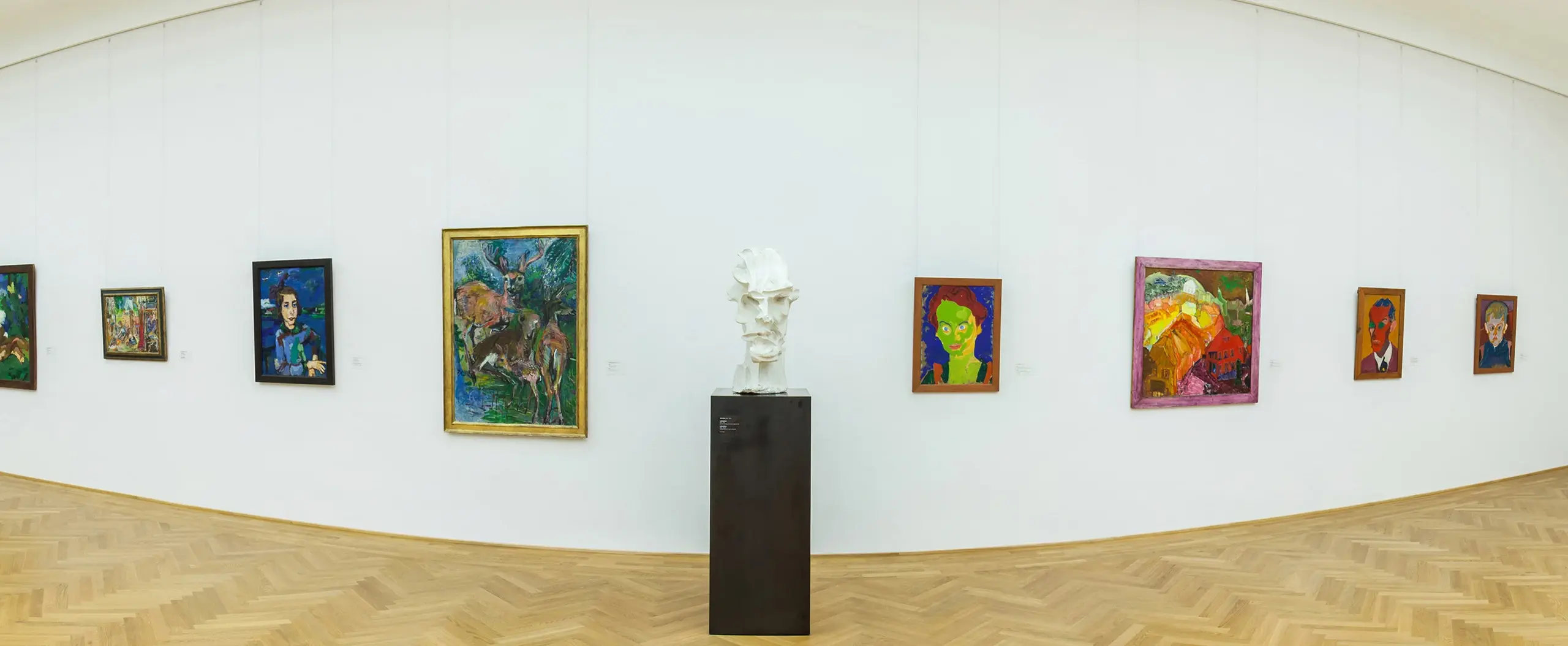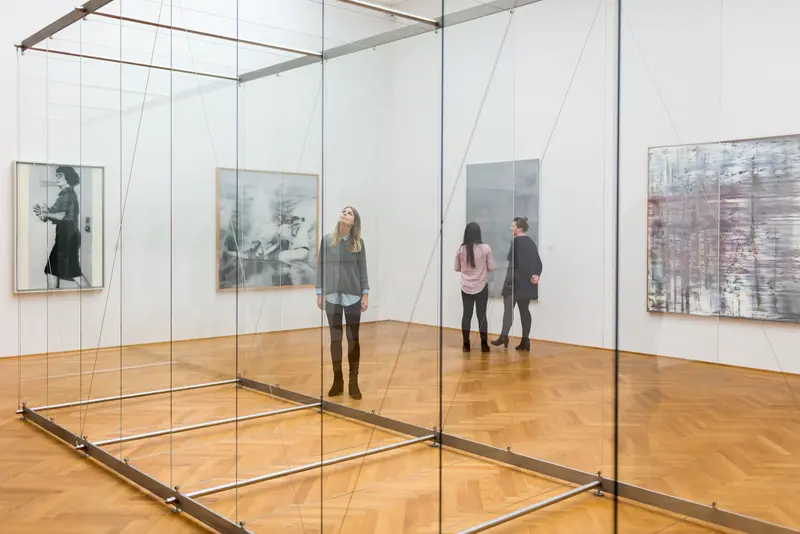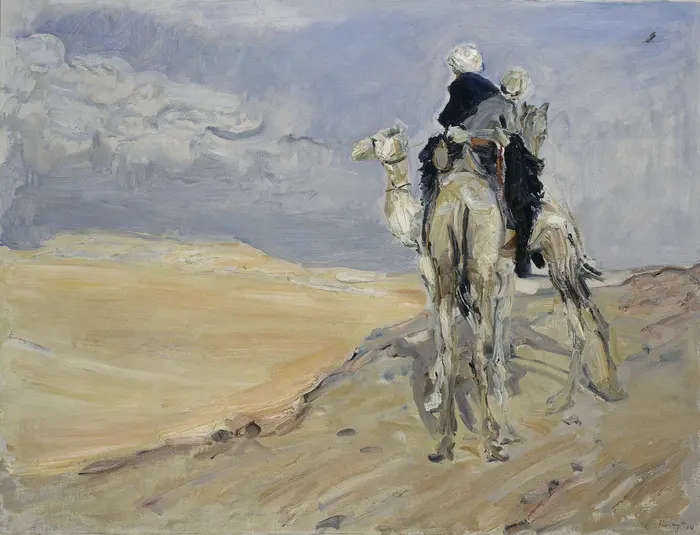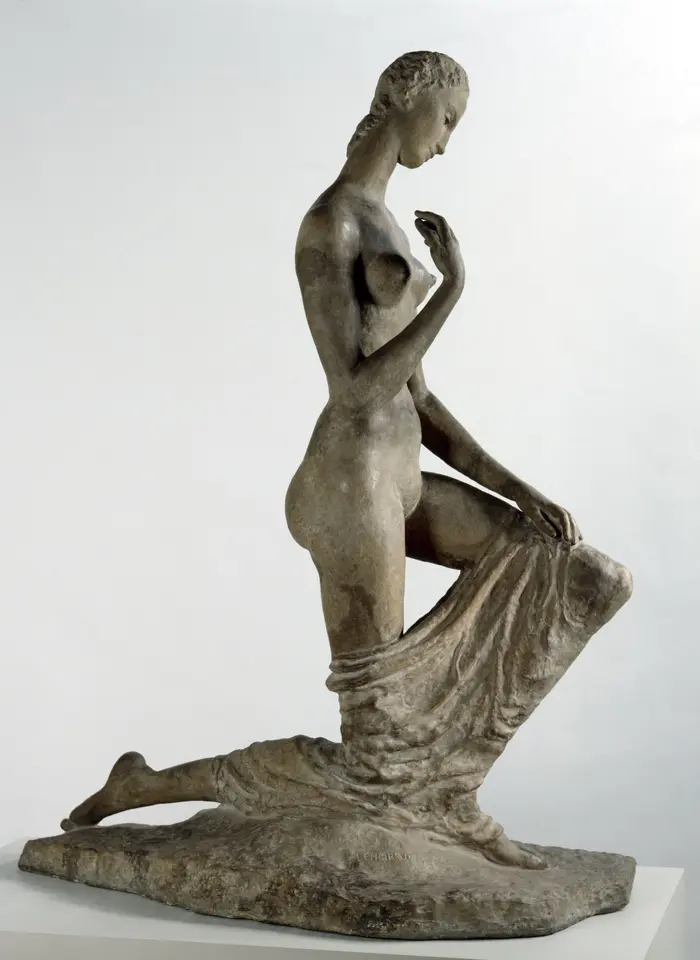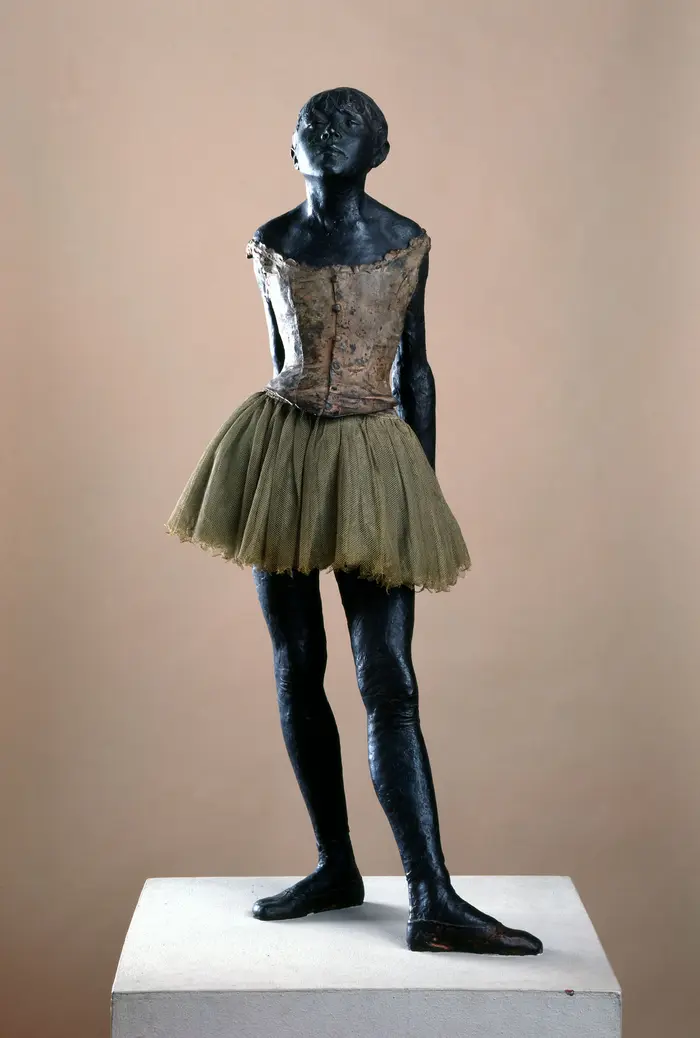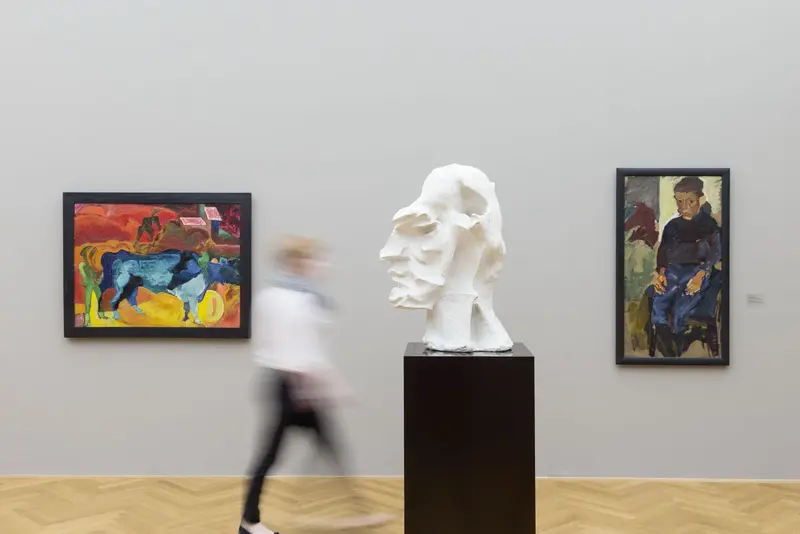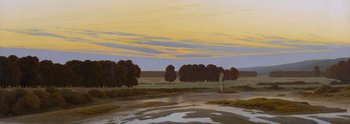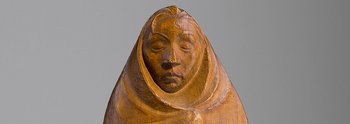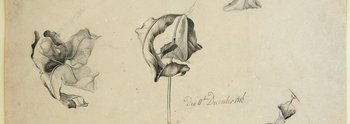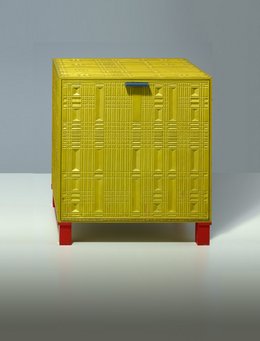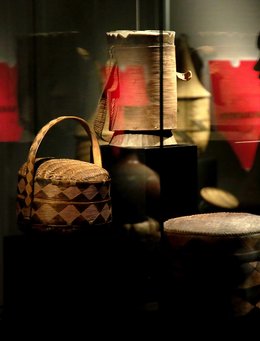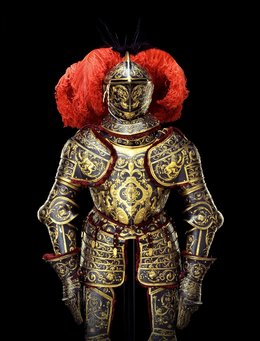Bildmodul
There is Wilhelm Lehmbruck’s 1911 Kneeling Woman, a figure with overly-long limbs and a stretched torso who conveys in her stance a certain sense of life. In 1937, the work was confiscated in the Nazis’ “degenerate art” campaign, but was then presented again at the first Documenta exhibition after the Second World War as a possible connecting point for new figurative sculpture. At the Albertinum today stands the only surviving stone cast of the work in Europe. It is only steps away from Tony Cragg’s mathematically stacked cube made of wood, fabric scraps and loose-leaf binders from 1980 and from Birgit Diecker’s Seelenfänger from 2005: lifebuoys, some new, some worn and unsound, are entangled in rope and call to mind questions about the people who once used them.
